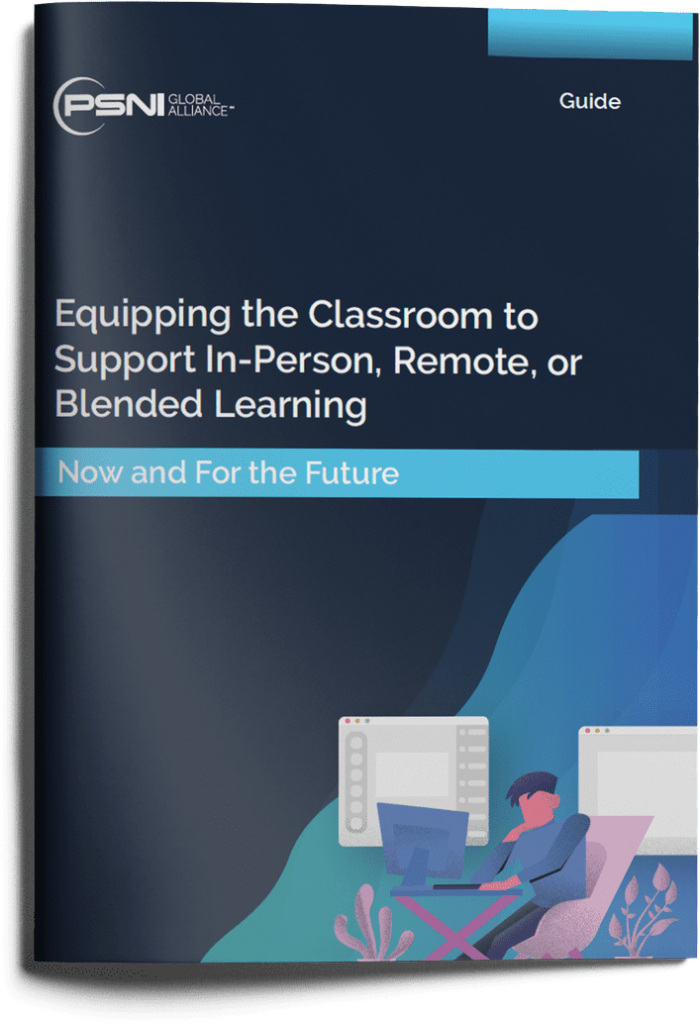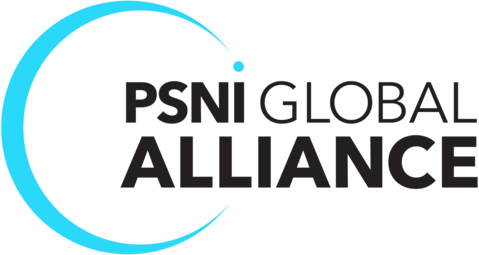

Re-Define YourClassroom - Now and For the Future
- Solutions for in-person learning with an emphasis on safety
- Remote and virtual solutions focused on improved access and quality
- Steps for a hybrid learning environment
- Ideas on how to get the most out of a technology investment


What's in the Guide
- In-Person Learning Solutions
- Remote and Virtual Learning Solutions
- Navigating Uncertainty
Health and Distancing Solutions that Emphasize Safety
Face-to-face instruction is the traditional and often preferred method for learning, particularly for younger students. Because safety concerns are at the forefront, even a return to the classroom won’t look as it once did. Schools may implement split schedules, assign home classrooms, create cohorts (groups of students who will stay together), stagger breaks, and control the flow of students through designated entrances/exits and walking lanes. It’s a lot of information to convey and new habits to develop. For this generation of digital natives, AV and technology can help reduce the friction of adopting new safety protocols.
Boosting Access and Connectivity
When the global pandemic shutdown occurred, some educators had as little as a weekend to shift their in-person curriculum to online delivery. This brought a mix of experiences and uncovered myriad issues. Administrators of schools and campuses that open for online learning only will need to address connectivity/access issues, audio and video quality, integration with learning management systems for both synchronous (live) and asynchronous (on-demand) instruction, and more.
AV solutions can help higher education institutions extend and enhance their online learning models and help primary and secondary schools implement distance learning solutions that will meet the moment as well as deliver long-term value.
Navigating Uncertainty
A hybrid approach to reopening limits the number of students who will be in the classroom and layers on an online option for students who will join remotely. The solutions described in the in-classroom and remote learning sections all apply here. A classroom system in a blended learning model needs to be able to capture, transmit, and record content and ensure the audio and video is sent where it’s needed.
One Alliance. Local teams worldwide.
With offices in more than 200 of the world’s top economic centers, you can be certain we speak the languages and can manage all the logistical details, quickly and appropriately.



